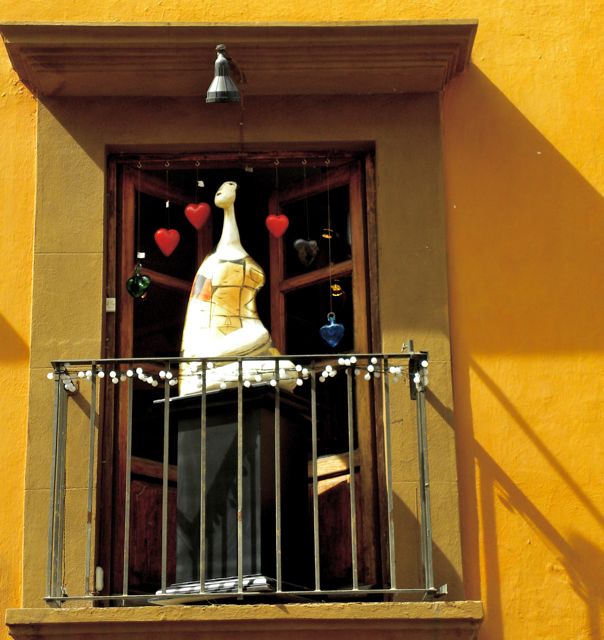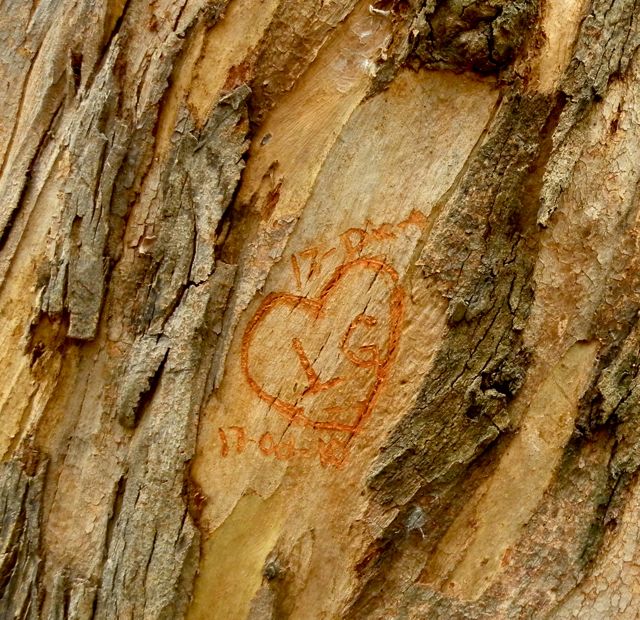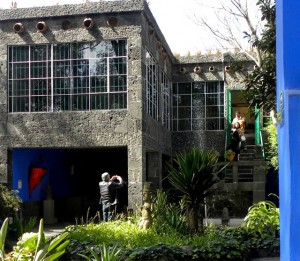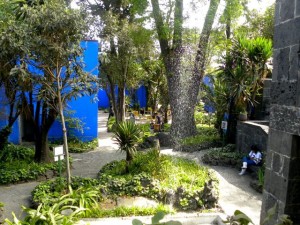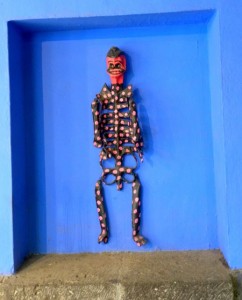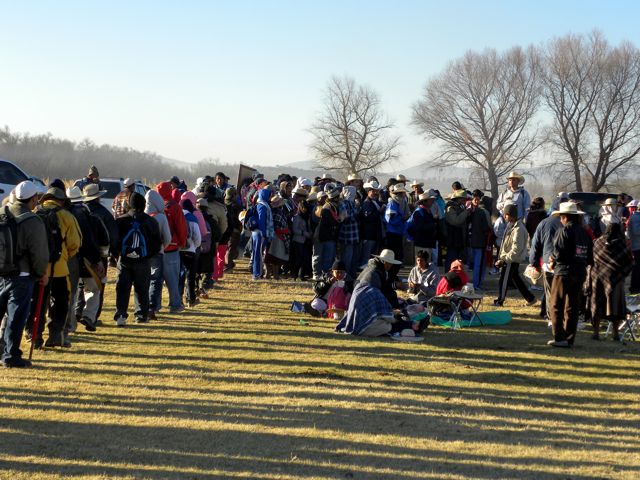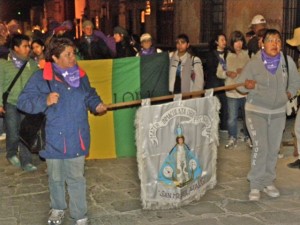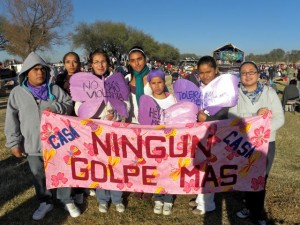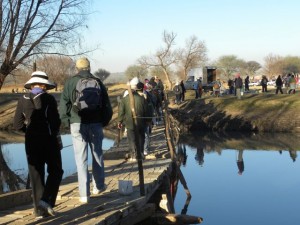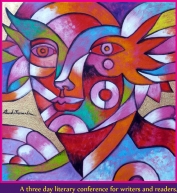 I call it magic when doors swing wide open, opportunities unfold easefully and support is present at every turn for realizing my dreams. This has been the experience of my first month in San Miguel de Allende.
I call it magic when doors swing wide open, opportunities unfold easefully and support is present at every turn for realizing my dreams. This has been the experience of my first month in San Miguel de Allende.
This colorful city has charmed many writers and artists and been much lauded in print and paint, so perhaps I am just the next lucky one to fall under its spell and be embraced and delighted. (For more about San Miguel, I suggest this recent Smithsonian article ).
Before I arrived in San Miguel de Allende, on January 21, I read online about the upcoming international writers’ conference (Feb. 18-21, 2011) and contacted director Susan Page, offering to be a volunteer in the hope I could attend this year and perhaps be a presenter next year. She thanked me but said there were no openings. Que será será. Then, a week before the conference, I met the vivacious Susan at a Women In Business meeting, and she told me a volunteer had just canceled and I was needed. Needed! I could attend! But that’s not all. At the volunteers’ orientation, days before the start of the conference, Susan announced that a faculty member had just canceled and it was too bad because she was offering the popular workshop on Self-Publishing. Without thinking, I interrupted and said, “I could do that!” “Fine,” said Susan to the group, “Aysha will do it.” And all of a sudden, my dream of presenting became a reality.
My workshop was well attended by a broad range of students, from aspiring to highly-successful published authors like Laura Davis, Jan Baross, Minerva Nieditz and Susan J. Cobb. I gained much useful information and inspiration from attending courses with writing coach Eva Hunter, crime fiction writer Jonathan Santofer, and political writer Ellen Meeropol.
A highlight for me was the keynote address by U.S. Latina writer Sandra Cisneros. Ms. Cisneros, poet, storyteller and author of several best-selling novels, took the stage to a full auditorium with a reboso wrapped around her shoulders. The theme of her talk, “Living in los Tiempos de Sustos”, (Living in the Time of Being Frightened), was gracefully woven throughout her observations about writing as the practice – “writing comes from a rant until it takes you to a place of light.”; writing as healing (after the loss of her father) – “The book (“Carmelo”) saved me from the sadness. Because you can be extremely heartbroken and write about something heartbreaking, but if you stay with it long enough, it will bless you.”; and writing as requiring “fearlessness and lack of ego.”
She challenged us to think of writing in new ways, from what she calls her ‘pajama voice’: “If today’s hours sitting down to write were your last hours on earth, what would you write?” Write about the things you wish you could forget, she suggested. Make a list of subjects that are taboo for you and cause you discomfort. Try the “10×10 exercise” where you list 10 things in 10 different areas that make you different from everyone else, like 10 things that make you different from others in your profession, from others of your gender, etc. Acknowledge the fear of our times and write through it.
Cisneros told engaging stories from her life, read from her beautifully-crafted work and left us with the encouragement to “enter your story from your body. You are a writer and can respond to the news. We are wizards, in the time of sustos. We are light. Honor your story, your characters, and the people you love. Our writing is medicine.”
In addition to the three intensive days of the conference, there were pre-and post-events, fiestas, field trips and tremendous opportunities for conversations and connections, orchestrated by dozens of devoted volunteers and local business people. I felt honored to be a part of it all. Now I dream of returning to The San Miguel Writers’ Conference next February to present with greater preparation and in greater depth. In the meantime, I plan to be a light and honor my story, my characters, and the people I love.

